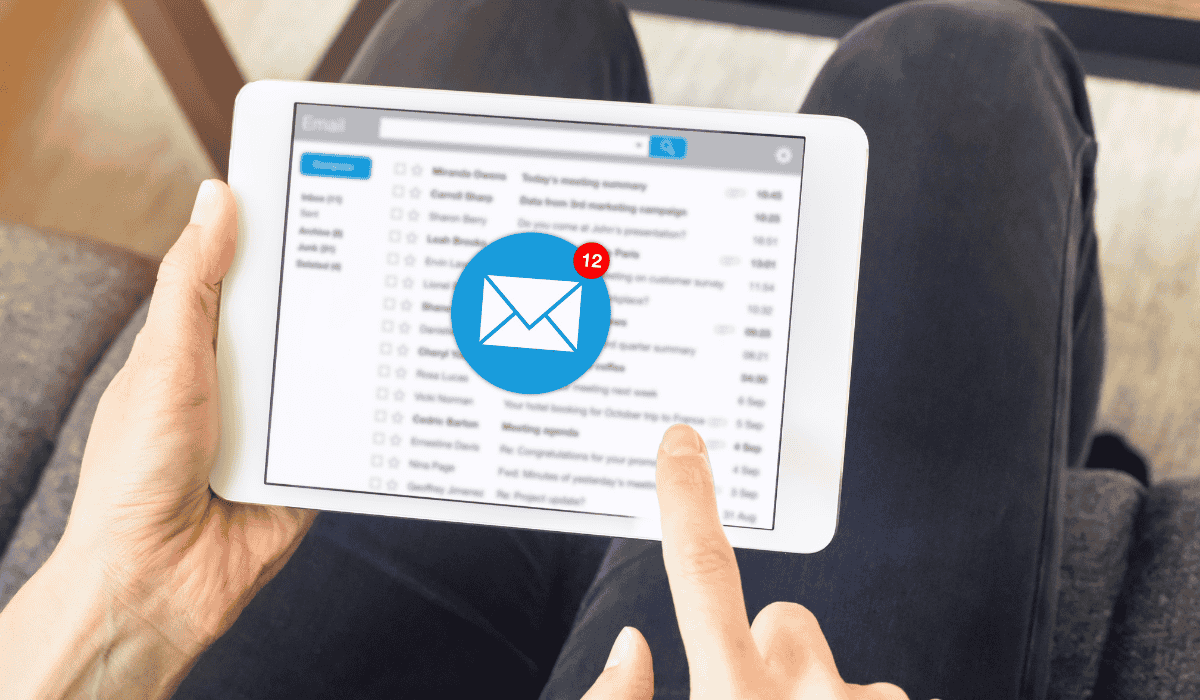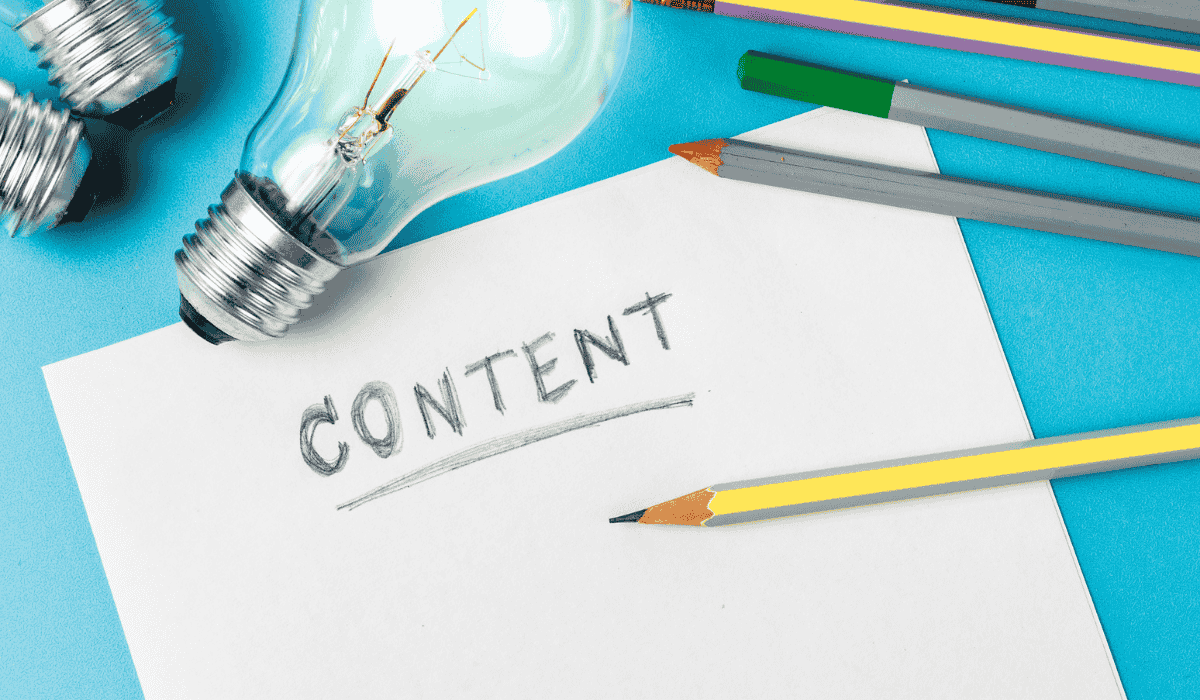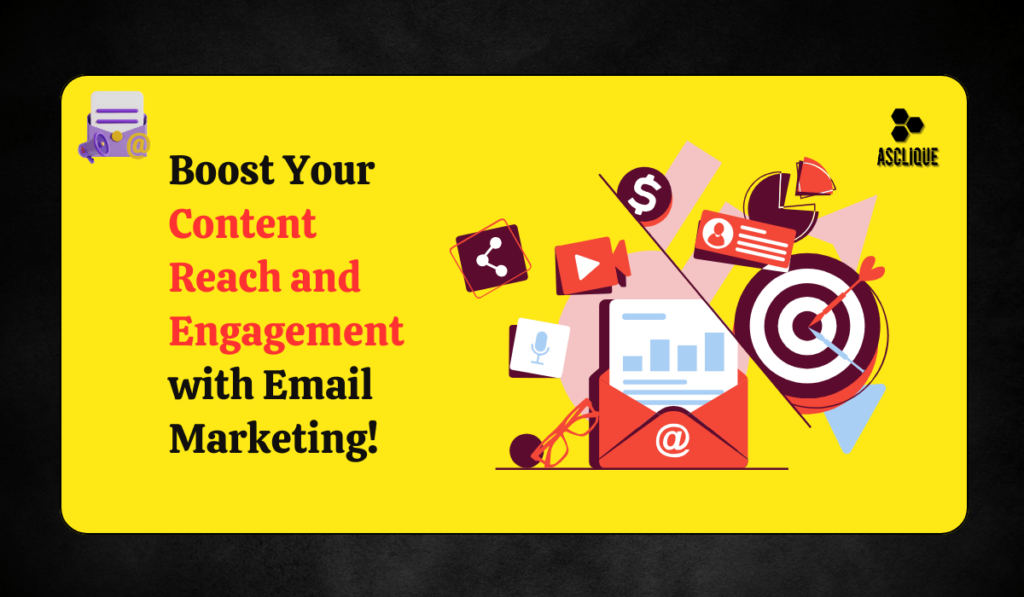Email marketing is one of the most powerful weapons for content distribution. Whether your business is a small company or an enterprise, email marketing has the potential to be a super-effective means to connect with the target audience, establish relationships, and drive conversions. The provision of relevant and compelling content within subscribers’ email inboxes puts brands directly on the radar with their audience. However, successful email marketing would require a purposeful strategy of content dissemination.
In the following article, we shall be looking at a range of email marketing strategies that will guarantee effective distribution of content from list building and segmentation to content creation, optimization of email design, and measuring performance.
Creating a High-Quality Email List

Before you work on the distribution of content, you need to concentrate on constructing a good-quality email list. An email list is your root, and it has a heavy influence on how successful your email marketing will be.
Opt-in Forms and Lead Magnets
The initial step to building your email list is to provide an opt-in form on your website or landing page. Make sure it is prominent, preferably providing something of worth in exchange for an email address. Lead magnets are very good at getting users to subscribe. Some lead magnet examples are:
- Ebooks and Whitepapers: Providing valuable, comprehensive content in return for an email address can be very effective.
- Exclusive Newsletters: Entice subscribers with access to special content or newsletters.
- Discounts or Free Trials: Providing a discount or trial for your service or product can entice visitors to subscribe to your email list.
- Webinars or Courses: Free webinars or brief courses can be a great lead magnet for getting subscribers who are interested in educational content.
By building compelling lead magnets, you can draw in the perfect audience for your email marketing campaigns, and your content will reach people who care about what you have to say.
List Segmentation
Segmentation is an important strategy to enhance the success of your email marketing campaigns. Instead of sending the same message to your whole list, segment your email list on the basis of certain details that include:
- Demographics: Age, gender, location, etc.
- Behavior: Previous purchases, email opens, clicks, etc.
- Engagement Level: Frequent readers, inactive subscribers, or new subscribers.
By having list segmentation in place, you can send really targeted content, which will definitely increase the possibility of your emails being opened, read, and responded to. For example, if you’re sending content concerning new product introductions, you can segment your list to engage users who previously expressed interest in similar products or services.
Writing Engaging Email Content
After you have built your email list and segmented it, it’s time to work on writing engaging content. Quality, relevant content is what will keep your subscribers interested and encourage action.
Personalization
Personalized email content makes your subscribers feel understood and appreciated. Personalization is more than inserting the subscriber’s name in the subject line. You can personalize emails on the basis of their interests, location, past behavior, and engagement history.
For instance:
- Dynamic Content Blocks: Customize sections of the email body for particular segments. If a segment is interested in a certain product or blog article, display content related to their interests.
- Behavioral Triggers: Apply behaviors such as cart abandonment or recent visitation of websites to send personalized emails containing content like product suggestions or customized offers.
Personalization has a higher chance of your emails being opened, read, and responded to, making your content distribution efforts pay off.
Writing Engaging Subject Lines
Your subject line will be the first thing your subscribers read, and it will be instrumental in whether your email gets opened or is ignored. In order to optimize email marketing for content distribution, ensure that your subject lines are:
- Clear and Brief: Steer away from too-wordy or vague subject lines. Try to use a subject that conveys the benefit of your email in short words.
- Interesting: Encourage interest or offer a solution to a problem.
- Time-Sensitive or Urgent: Create a sense of urgency to get recipients to open the email as soon as possible. For instance, words like “limited time offer” or “last chance” can make them open it immediately.
Remember that A/B testing your subject lines can be very helpful in knowing what best works for your audience.
Clear and Valuable Content

When the email is opened, its content should grasp the reader’s attention instantly. Below are a few guidelines to write clear and useful content:
- High-Quality Copy: Ensure that the email copy is informative and offers value. Whether you’re promoting a blog post, product, or event, the content should be well-written and relevant to the audience.
- Eye-Catching Visuals: Incorporate engaging graphics or images that will be appealing to your brand’s image. A nicely crafted email can visually separate large amounts of text and allow the recipients to better process the content.
- Call to Action (CTA): Your email must have an unmistakable, actionable CTA. Whatever it is, “Read More,” “Shop Now,” or “Sign Up,” ensure that the CTA stands out and is easy to click. This will direct the user to the next step of their customer journey.
The goal is to create material that’s catchy, will reach your audience, and also results in conversions. Ensure every piece of email that goes out contains value and contains something relevant pertaining to your subscribers.
Optimization of Emails on Mobile Phones
With over half of every email being viewed from a cell phone, optimization for mobile phones is not a luxury. Email design that looks unattractive on mobile phones will result in higher unsubscribe rates and lost opportunities.
Responsive Email Design
Responsive design makes your email adapt to the device screen size on which it’s being displayed. If your emails are not responsive, they will look cluttered or hard to read, and this will create bad user experiences.
Some responsive design tips are:
- Keep it Simple: The mobile device screens are smaller, so opt for a simple layout with one-column design. Avoid using complex structures that can collapse on mobile devices.
- Use Large, Readable Fonts: Choose fonts with a large enough size to be easily readable on mobile phones, ideally at least 14px for body copy.
- Optimize Button Sizes: Ensure that buttons are of large enough size to tap easily, ideally 44px by 44px.
- Restrict heavy graphics: Excessive images would take longer in loading on the cellular network and therefore, have images load as quickly as can be.
Optimizing for mobile turns your content available to all, on any device that they will access it.
Frequency and Timing of Sending
Sending too often can be annoying to your subscribers and make them unsubscribe more. Sending too rarely can result in low activity and lost opportunities. The key to effective content delivery is finding the ideal balance.
Email Frequency
You will be trying to achieve a frequency of optimal emails from your audience’s demands. It might depend on what kind of content you’re delivering. For example:
- Newsletters: Bi-weekly or weekly e-mails can prove to be most effective in delivering news, updates, and interactive content.
- Product Launches or Promotions: Emails sent near launch dates or during promotional periods may be more regular, but avoid sending them too close together to flood the subscriber.
Segmenting your list again by frequency of engagement should allow you to get the balance right. For instance, subscribers who are more engaged can receive more regular emails than less engaged subscribers.
Optimal Send Time
Timing is a crucial determinant of the effectiveness of your email. Studies reveal that emails open at specific times and days will do better than others. It normally works with mid-weeks, such as Tuesday, Wednesday, or Thursday, between the hours of 10 AM to 2 PM, but optimal time may change according to what time of the day your public interacts.
A/B testing can be a great method to figure out the best send times for your own unique audience.
Optimize and Analyze Your Campaigns
Email marketing requires continuous effort; it’s not a ‘set and forget’ strategy. Regular optimization is the key to optimizing content delivery. That is achieved by tracking key email metrics in order to identify areas for improvement.
Key Metrics to Track:
- Conversion Rate: Tracks the number of your subscribers who performed the desired action after clicking through from your email, such as purchasing something or downloading an asset.
- Unsubscribe Rate: Tracks how many subscribers who received an email unsubscribed from your list. If your unsubscribe rate is extremely high, then it could mean that your content is not really engaging your subscribers.
By tracking these measures closely in this manner, you can optimize your email content, appearance, frequency, and subject lines for better performance.
A/B Testing
Of the most powerful techniques to make your email campaigns perform better, one of the strongest is through A/B testing. By testing different factors such as subject line, call-to-action, copy, or look, you get to know what will perform well with your crowd and improve overall performance.
Conclusion
Email marketing as a content delivery mechanism is a crucial marketing tool. With the development of a good list, great content, mobile optimization, sending at the right time, and continuous analysis and optimization of the campaigns, you can ensure that your email marketing campaign will keep growing. Keep refining your strategies, remain attuned to the interests of your listeners, and see your email content delivery efforts come full circle.
With the correct strategies in place, email marketing can assist you to reach your audience successfully, increase engagement, and also cause conversions, making it a key component of every content marketing approach.
FAQ’s
How do I build my content delivery email list?
In order to build your email list, offer lead magnets like eBooks, webinars, or exclusive discounts in exchange for email addresses. Use opt-in forms on your landing pages and website, and segment your list by demographics or behavior to engage the people who matter.
What is the optimal frequency with which to send marketing emails?
The best frequency varies with your audience and type of content you are sending through email. Newsletters usually work on a weekly or fortnightly basis, but offer emails might be sent frequently during promotions. Test different frequencies to find out what works for your subscribers.
How do I optimize emails for mobile?
Use responsive email design that resizes to fit various screen sizes so that it is readable on phones. Use simple layout with large text, big tappable buttons, and optimized images for fast loading.
What are the most important metrics to measure for effective email marketing?
The most important measures to monitor are open rates (as a measure of subject line effectiveness), click-through rates (CTR) as a measure of interest in material, conversion rates (to gauge desired behavior), and unsubscribe rates (as a measure of content relevance and frequency).

